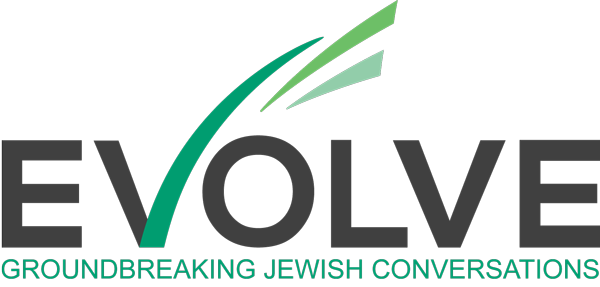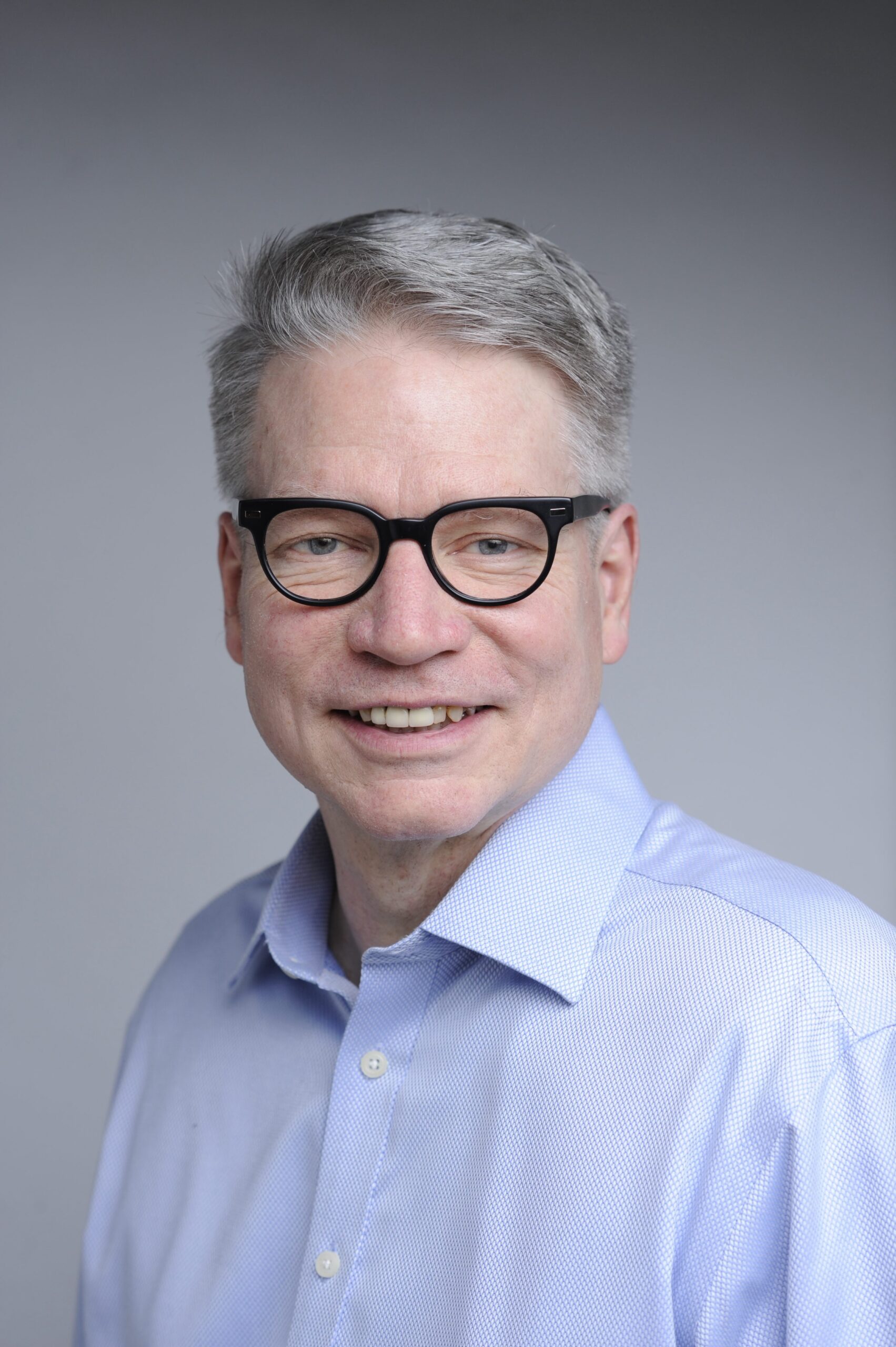Participating in shiva for others has always been an important part of my community involvement in The Society for the Advancement of Judaism (SAJ), my synagogue since 2001. But my embrace and understanding of the practice was not fully formed until my father died. And my understanding of how to really make shiva work more deeply happened during the recent days of observing it for my mother.
As a Jew by choice, I have often related to Jewish practices like a new set of clothes. In my heart, I felt a desire and deep commitment to become Jewish in my heart. I studied, converted and, one by one, I put on various garments of ritual and other practices that helped me create a new identity. Sometimes, the garments fit right away, like the Modeh Ani (prayer of gratitude upon waking), the Birkot HaShakhar (morning blessings) or the Asher Yatzar (blessing for bodily health). Others, like the Shema prayer and Amidah, are continuing to unfold. Practices like leyning (chanting from the Torah scroll) and making the rest of the siddur my good friend are continuing journeys. But all of these started out, and sometimes still feel, like I am consciously putting on Jewish clothing.
But something changed when my father died in May 2022. I felt firsthand how comforting it was to receive the condolences and good feelings from SAJ members. I was no longer putting on clothes. The shiva process is something that Jewish people do to handle their grief. I was now doing it, and it was working. Inside the framework of rituals and prayers, I felt a glow of love and caring from the community resting beside my grief. I felt Jewish from the inside of my heart in a new way.
In addition to a day of shiva at the synagogue, I also held a day of Shiva at my home at which I prepared Coney Island hot dogs, a part of life for Detroiters like my dad. I explored my father’s life and my relationship to him in more detail, surrounded by close friends. This private shiva deepened the practice for me and made it far more personal and intimate. There was also a sense of joy in sharing the hot dogs with everyone. People still mention them to me.
So when my mother died in April 2025, after suffering the effects of a debilitating stroke for nine years, I knew what to expect. The shiva at the SAJ was warm and comforting. I made date bars, a treat I learned to make as a boy, which I have been making ever since then. When I spoke, celebrating my mom’s life in front of a slideshow of photos that represented how she lived, many people got to know her better, even those who had met and knew her in one way or another.
I told and celebrated the shiny, happy side of my mother and our relationship, but what about the other side?
But while the warmth of the community had the same healing effect, I also felt that only part of the story of my mother’s life had been told. My relationship with my mother was more complex than the one I had with my father, who was primarily full of love and gratitude. My mother and I yo-yoed between good feelings and moments of anger, darkness and tension. We both had demons to deal with, and at times, we were at war with each other. I know from my many intimate friendships that such a multi-dimensional maternal or paternal relationship is common.
But contemplating the more complex story made the public shiva at SAJ feel incomplete. I told and celebrated the shiny, happy side of my mother and our relationship. But what about the other side? This was a deep part of our shared experience.
I decided to introduce this complexity at the private shiva we held. I made potato kugel as a celebration of the transformation of my mother’s off-the-boat Irish heritage into my adopted Jewish culture. (I didn’t, but should have, used food coloring to turn the kugel green, as we did with our family cat Murphy on St. Patrick’s Day.)
Framed between Psalm 23 and the Kaddish, I explained the challenges I experienced in my relationship with my mother. I related how hard it was on her and on me for her to have a baby thrust upon her that needed constant care and attention. As the youngest of seven children, she was the baby, not the caregiver. I explained some of the dark side of her relationship with herself, her low and self-critical feelings, which were exported to me especially as the oldest of four boys. I also talked about the ambition that she had for my father and for her sons, but didn’t translate into ambition for herself once she emigrated to the United States. I couldn’t tell the whole story, but I expressed far more of the complexity than I had at the public shiva.
Telling this story of darkness and light brought me a huge sense of relief. But I also received comments from other people who felt that their mothers also struggled with the demands of being the primary caregiver for an infant. One friend explained that all the women of that generation had that burden, and because of the emergence of suburban life, they had to face it alone — far more than their parents had done, and without the help that came from the later generations of fathers.
Sharing the ups and downs of my relationship with my mother opened a new dimension of the shiva, one in which the comfort came not just from sharing the grief but by exploring the painful parts as well.
I made potato kugel as a celebration of the transformation of my mother’s off-the-boat, Irish heritage into my adopted Jewish culture.
My mother was born in Ireland and came to the United States as a young woman. Growing up in our family, we were awash in the American version of Irishness, and we went back to Ireland frequently and experienced the real thing on the family farm with all of my cousins. When we saw American versions of Irishness that were off the mark, we often dismissed them as “stage Irish.”
As a Reconstructionist, I am dedicated to Mordecai Kaplan’s ideal that we should make Judaism work for us. As he said in Judaism as a Civilization, “Whatever in Jewish tradition can be validated by the modern Jew’s experience, by his sense of the good, the true and the beautiful, should be retained; whatever cannot should be discarded.”
I am also inspired by the midrash that states that “the Torah was written with black fire on white fire (Sifre Devarim 343).” This idea is taken to mean that the Torah, as a Divine text, exists on multiple levels, both visible and hidden. For me, reconstructing the shiva to include the darkness which was hidden was a way of bringing this midrash to life.
Sharing the ups and downs of my relationship with my mother opened a new dimension of the shiva.
The public shiva for my mother was beautiful, but partly and in an important way, it felt like a “stage Jewish” experience. By addressing both the black-and-white fire of my relationship with my mother, the shiva practice and my Judaism become more true and beautiful.
I am not a private person, and I realize that talking about the complexities of a maternal relationship with others is not something everyone would want. Some would find it disrespectful, I’m sure. But I found it healing.
Perhaps contemplation of the full complexity of one’s relationship with the deceased and coming to terms with the white and black fire is part of the traditional process when it comes to death and loss. Observant Jews often spend a full seven days sitting and contemplating the totality of their relationship to the deceased. But for me, crafting two days of shiva as I did helped me understand my grief and loss better by understanding and telling the whole.
I am happy that my training as a Reconstructionist Jew and my community at SAJ, which is quite open to experimentation, led me to create an experience that filled my heart with Jewish joy, sadness and compassion and brought my mother closer to me as I said goodbye.








6 Responses
Thank you for having the courage to discuss the darker side of your relationship with your mother. I am the oldest daughter of a woman who I don’t think had a happy moment in her life. My younger sister completely distanced herself from our mother, and I was the “responsible one” who flew to New York for each family crisis and tried, with futility, to make her happy in some way. When she died, at 97, she was bitter and alienated. My mourning period lasted a very long time; I tried to find the good in her and in her mothering of me and to push away the bad memories and feelings about not having been parented well. It’s been 12 years. I’ve learned that grief is complex, which is a reflection of my difficult relationship with her. It’s taken years to understand that her early life was one of sadness and loss which she couldn’t seem to shake.
Very moved by your story. Thank you for sharing and helping me to know you better.
Wow Dan,
So well said. It’s so uplifting to here your adventure to new horizons in the spiritual realm.
How many people in this chapter of our life’s are shut down to any new learning and teachings? To many unfortunately.
How Blessed you are to be open to these new things.
Family can be a complicated experience to discuss So when someone speaks truth to family relationships good or bad, well it’s refreshing.
I wish you were close by. I’m sure I could learn a lot from your journey.
Blessings.
Cousin, Bill
Beautifully written, Dan. I was glad to be a part of your Shiva experience and to read it here.
Love, Wendi
As always, so thoughtful and enriching. I treasure you in the community. Yo are a pillar for the synagogue and a dear and caring friend.
Beautiful article Dan.
I loved that you chose Detroit coney Islands for your dad’s Shiva.
You’ve got good points about sharing the darker fires along with the bright ones when we are remembering our loved ones. Both sides of our personalities add up to who we are. Your mom was no exception.
I do want to mention that I have always seen your mom as someone who has an enormous amount of ambition. What bravery it took for her to leave Ireland at such a young age and decide to make a life for her and her children here in America.
I think that there are a lot of Mulcahy women who were born in the time that your mom was who would possibly have maybe had careers or been more independent if they had been born in a time even women were taken more seriously as equals in the working world.
But in little ways, these same women did show their ambition by raising and inspiring the next generation to take opportunities that weren’t necessarily allotted to them.
For me, growing up in the Mulcahy family, at any of the various picnics and events there always came a time when we kids would end up visiting at the table that held the matriarchs of the family. Aunt Mary, Aunt Catholine, and your mom were a few of the women that I routinely found myself having deep conversations about my goals with.
And I must say that visiting with this group of women was a guiding part of my upbringing. Because this is the group who would always ask me, not only what I was up to but also, where I was going.
They reminded me every time I saw them that women “these days” actually can be anything that they would like to be. This is the group that I really do credit with inspiring me and my generation of women to follow our dreams and to not settle if we want more from life.
Your mom raised some great kids in a land far from where she was born. She also inspired so many of our family’s young ladies to become independent and strong as women. I know that I have pushed my fears aside and walked into interviews or opportunities because this group of Mulcahy women , which included your mom, taught me to hold my head up high and give success a try
It’s one thing to achieve much in the world. But it’s even greater to help others to achieve greatness too. Your mom was among a group of our families women who absolutely did that for her future generations. To me, that shows thst she had a lot of ambition and much of it was to see future generations achieve greatness.